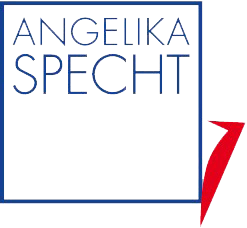KODE®X - Brief description
Demographic change and digitalisation pose enormous challenges to organisational and HR developers. They create and guide the transformative process within the organisation. In competition with others, they must recruit new employees and managers as well as develop them and bind them to the company.
Managers, employees and teams with their respective competences are essential for a company’s success. Competence models are a key element of organisational and HR development.
A few main questions that arise in the development of competence models and job profiles:
What competences does an organisation/(my) department need in order to be/become successful throughout the next few years?
What concrete meanings and observation features can be found in different notions of competence?
How can I tailor a competence model according to the strategy of the organisation/organisational unit that I am examining?
For which positions/types of job are job profiles needed? How much should the individual competences carry in the job description?
How can I integrate individuals, teams or even entire organisational units into a diagnosis of the existing skills and their further development?
To what extent do involved individuals already satisfy the competences required?
What are adequate starting points for (my) HR development?
KODE®X was developed in order to answer these questions.
KODE®X, a competence explorer, is designed to create strategic corporate competence profiles, task- or skill-specific competence. It can also be used to measures potential competences of executives, employees and teams.
KODE®X is a tested process to develop a competence model that is both pragmatic and scientific in nature. The KODE® CompetenceAtlas serves as the basic system of classification in a standardised process.
KODE®X is a science-based system that relates very well to practical situations. It consists of seven clearly defined steps:
The KODE®X CompetenceAtlas constitutes the basis for KODE®X. It discusses four basic competences: personal competence, action competence, professional-methodical competence and social-communicative competence. In addition to that, there are 64 key competences with detailed definitions/explanations and observable behavioural patterns, all of which may be used as text modules.
In the context of competence modelling, respecting a set of rules, you can make adjustments that are specific to the organisation. This is to ensure that questionnaires for the evaluation of others and oneself are ideally tailored to the examined organisation.
Due to the competence-oriented nature of the ideal profiles for jobs, you are able to give a 360-degree feedback and individual recommendations for HR development.

